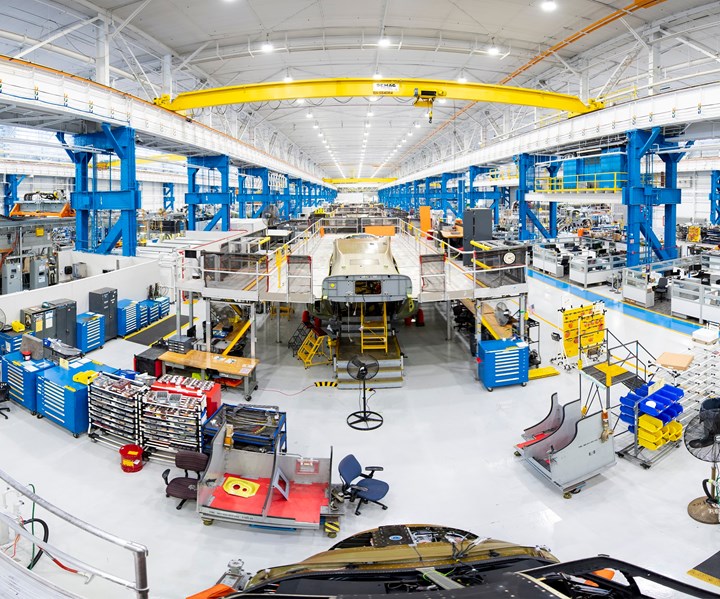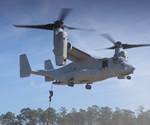Boeing invests $115 million in new V-22 production facility
The new factory, located outside Philadelphia, Pa., U.S., will produce V-22 fuselages and modernize the Marine MV-22 fleet.

Source | Boeing
Boeing (Chicago, Ill., U.S.) announces that it has invested $115 million in the transformation of a 350,000-square-foot facility outside Philadelphia, Pa., U.S. into a modern factory that will build fuselages for the V-22 tiltrotor aircraft and modernize the MV-22 fleet for the Marines.
“We started this project two years ago in a mothballed building. Now, it is a state-of-the-art manufacturing center for the only in-service tiltrotor aircraft in the world,” says David Koopersmith, vice president and general manager, Boeing Vertical Lift.
The company says that the new factory will improve safety and productivity, lower operating costs, and reduce Boeing’s environmental impact. It will be home to the Common Configuration – Readiness and Modernization (CCRAM) program that standardizes the Marine Corps Osprey fleet by upgrading previously built aircraft to the new Block C configuration. The factory will also house fuselage production for Navy, Air Force, Marines and international Osprey customers.
“The V-22 readiness program is our number one priority,” says U.S. Marine Corps Col. Matthew Kelly, V-22 joint program manager. “The CC-RAM program is key in meeting our readiness goals and returning capable and reliable aircraft to Marine units around the world.”
Related Content
-
ASCEND program update: Designing next-gen, high-rate auto and aerospace composites
GKN Aerospace, McLaren Automotive and U.K.-based partners share goals and progress aiming at high-rate, Industry 4.0-enabled, sustainable materials and processes.
-
Plant tour: Arris Composites, Berkeley, Calif., U.S.
The creator of Additive Molding is leveraging automation and thermoplastics to provide high-volume, high-quality, sustainable composites manufacturing services.
-
Natural fiber composites: Growing to fit sustainability needs
Led by global and industry-wide sustainability goals, commercial interest in flax and hemp fiber-reinforced composites grows into higher-performance, higher-volume applications.

.jpg;width=70;height=70;mode=crop)














